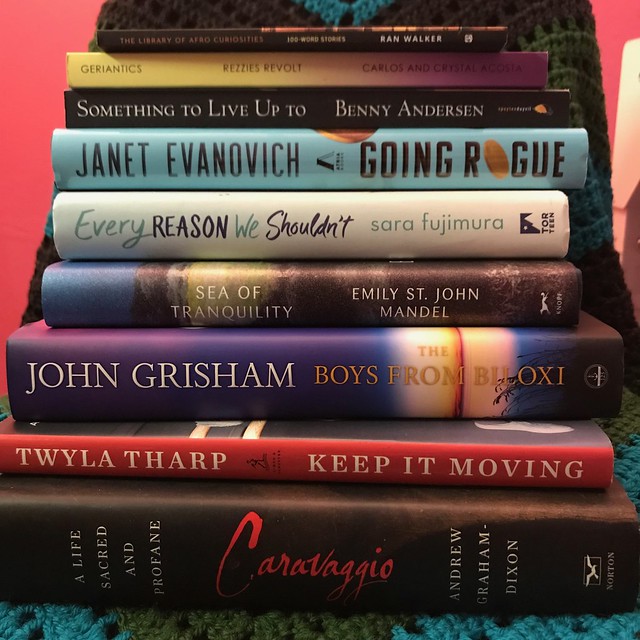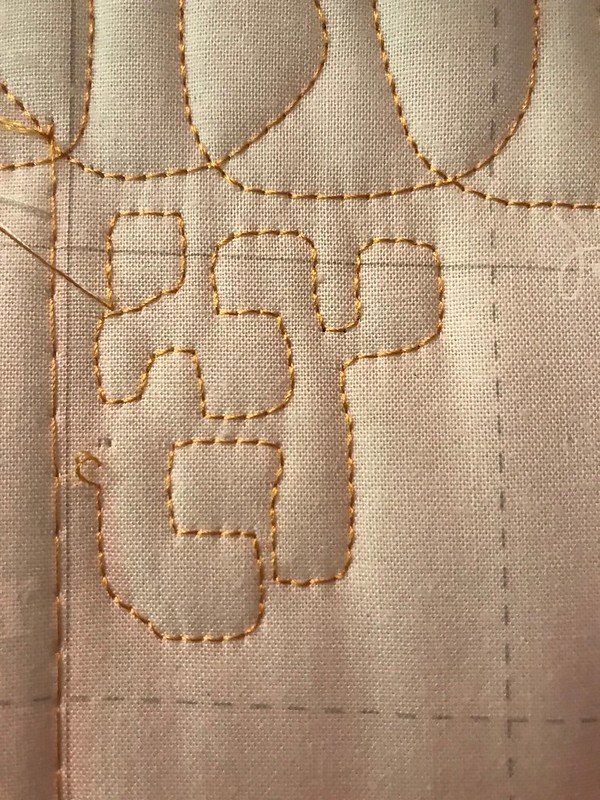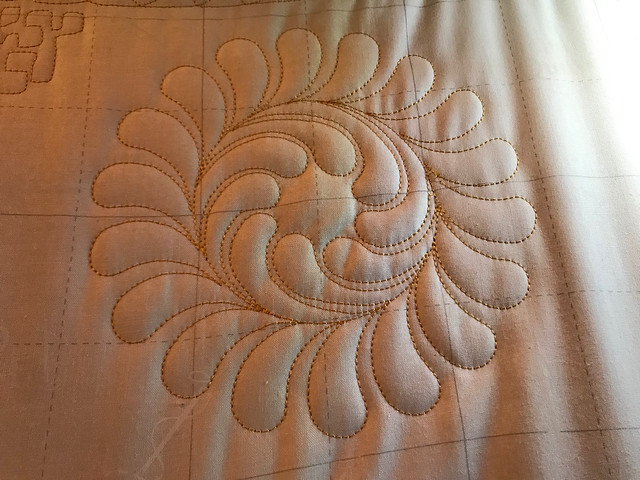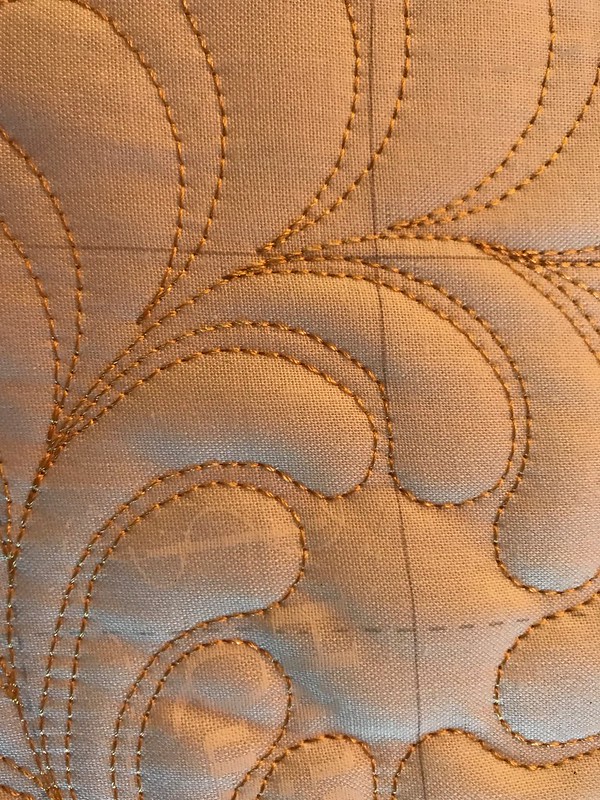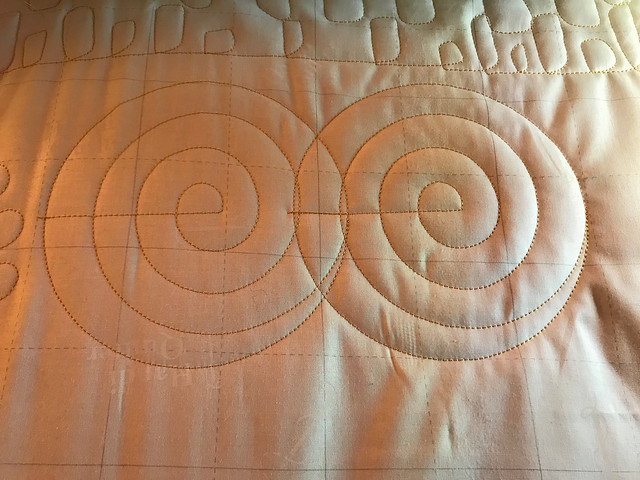Nov30
Monthly Archives: November 2022
Nov29
9 Books I Can’t Wait to Read
My name is Andrea and I’m a bookaholic. I have between one and two hundred books in this house waiting to be read, and I try very hard to restrain myself from buying more until I finish reading at least some, but somehow I accidentally acquire more and more. I usually have five books in progress at any given time.
I have several TBR (to be read) piles in the hall closet. I keep opening the closet and peeking at them, because I just can’t wait to start these:
- The Library of Afro Curiosities: 100-Word Stories by Ran Walker. I recently wrote three flash fiction stories for a contest, and discovered that I like the form. I read that Ran Walker is a master.
- Rezzies Revolt by Carlos and Crystal Acosta. This is the first book in the GeriAntics series by a husband and wife team who are members of a critique group I recently joined. It’s about the residents of an active independent living community of senior citizens and their adventures. I’ve read snippets of book three (their current manuscript in the works) and it’s hilarious.
- Something to Live Up To: Selected Poems by Benny Andersen, translated by Michael Goldman. I recently read a wonderful article about Michael Goldman and his work, particularly with the Danish national treasure, Benny Andersen.
- Going Rogue: Rise and Shine Twenty-Nine by Janet Evanovich. The Stephanie Plum series is my guilty pleasure. I’ve read the twenty-eight previous volumes.
- Every Reason We Shouldn’t by Sara Fujimura. I love Fujimura’s young adult novels. This one is an ice-skating romance.
- Sea of Tranquility by Emily St. John Mandel. I’ve read three others of her novels and loved them all. This one is about a colonist on the moon.
- The Boys from Biloxi by John Grisham. I’ve read almost everything he’s written, and I’ve loved almost of all them.
- Carravaggio: A Life Sacred and Profane by Andrew Graham-Dixon. A biography of the great and tragic late-Renaissance painter.
- Keep It Moving: Lessons for the Rest of Your Life by Twyla Tharp. The dancer and choreography explains how and why movement is a huge part of aging well.
Don’t these books sound fabulous? And I know there are many more in my collection that will also enrapture me. So many books, so little time!
Now it’s your turn. What’s in your TBR pile? Share in the comments below.
Nov28
Monday Morning Wisdom #390
Nov27
From the Creator’s Heart #378
For I am not ashamed of the gospel, because it is the power of God that brings salvation to everyone who believes: first to the Jew, then to the Gentile. For in the gospel the righteousness of God is revealed—a righteousness that is by faith from first to last, just as it is written: “The righteous will live by faith.” (Romans 1:16-17 NIV)
Nov26
First Lessons in Quilting with the Moxie
I have now taken five of my six one-on-one introductory lessons with a Handi Quilter educator, Cheryl, via Zoom. (Apparently that was a Back-to-School promotion that I didn’t even know I was eligible for.) The manuals that came with my machine only go so far to tell me how to actually quilt with Moxie. The manuals are supplemented by series of videos on the Handi Quilter website and on the Pro-Stitcher website. Plus, many quilters post their own video tutorials on YouTube.
Having the live Handi Quilter educator is great, because I can ask Cheryl my questions and get a direct answer. I love Zoom. Cheryl lives in Ontario, Canada, and I can see her sewing room, and she can see mine. Magic!
The best way to get to know the machine and the software is to use ALL of the resources. I started out by reading the materials, then watching the videos in between my sessions with Cheryl. She would cover her lessons and my questions, but the real learning came when I actually tried things out under her supervision and on my own. She stood by while I threaded the machine by myself for the first time and watched while I loaded my practice quilt onto the machine. But I’ve done my first stitching explorations on my own.
I first tried free motion quilting. The Getting Started guide suggested stitching cursive e’s and l’s for practice. That should be easy, right? But not for me. I did about five rows, right side up and upside down, and they look like chunky baseball bats. I tried to make them more slender, and more rounded at the top, but I just couldn’t. I see a lot of practice ahead of me.
Then I tried stippling. No. I have corners instead of curves. I think I’m moving too fast, too jerky. I think I have to go slower and concentrate on moving smoothly. Like I said, practice.
Then I tried the robotic sewing. There are lots of steps in setting things up on the tablet that holds the program. I watched some videos again and made step-by-step notes. Then when I tried it out, it wouldn’t work, so I watched the videos some more. There are so many icons, so many steps, that I missed small parts of the processes when the demonstrator talked fast or didn’t exactly stop and show which button she was pressing on the video. But after about three hours of studying and attempting, I was able to make a feathered wreath.
Much better than what I can do by hand.
On another day I tried a continuous line pattern, a connecting spiral, but I couldn’t find the video that shows how to repeat a design a few times (as opposed to setting up the whole quilt to be done), so I tried to figure it out myself. I decided to set up a rectangular area that I would quilt with two connected spirals. I thought I sized it perfectly. I lined the first up with the left hand side of my rectangle, and when it was done, I moved the design to the right hand side of my area. As it turned out, I did NOT size it up perfectly, and the second spiral overlapped the first. Oh well. I learned one way that doesn’t work. I asked Cheryl to explain the process to me, and I think I understand better now.
Clearly I need a lot more practice before I attempt to quilt an actual quilt that I want to use or give away.
Loading the quilt on the smaller frame is harder than I expected. It’s hard to get it straight. On the loft frame, you just ratchet it, and it rolls smoothly. With the smaller frame that I have, you remove the clamps, reposition the quilt, and reattach the clamps.
Maybe I’m too old to do this. This machine is expensive—what if I never get good enough to use it properly? Greg really encouraged me to go for it—he even gave me most of the money for it.
They say that one of the best ways to exercise your brain is to learn new things. Hopefully I’ll be continuing to exercise my brain in the coming years and actually get good at quilting.
Nov25
Creative Juice #319

The Thanksgiving weekend edition. I’m thankful for all the creative artists who inspire us.
- Floral quilts from the International Quilt Festival.
- Published books that started out as NaNoWriMo manuscripts.
- Sketching in India.
- A fun quilt challenge.
- The Kyiv City Ballet company stranded in Paris.
- Wrap presents in fabric instead of paper this year for all the sewers on your list. Your quilting friends will love cotton prints and solids.
- The healing power of art. If you’re hurting, harness art as a way to work through it.
- Very interesting Instagram page. Most entries are videos; watch them to get the full effect.
- Amazing students. I had some like these back in the day.
- Need some book recommendations?
- Impressive cardboard sculptures.
- 200 bass guitarists performing under pressure.
Nov24
Kammie’s Oddball Challenge: Gentle Reminder
More Oddballs.
Nov24
From a Thankful Heart
Nov23
Wordless Wednesday: Our Neighborhood Little Free Library
Nov22
The Case for NOT Describing your Character’s Appearance

When I read a good novel, I identify so strongly with the main female character that I picture her as looking a lot like me—not necessarily the plump little old lady I am today, but the idealized version of me at the character’s age (maybe a little more voluptuous, taller, and put-together than my actual self). If the author describes the character as she envisions her, my subconscious won’t necessarily accept it. If the character’s inner dialogue matches my thought process, she’s obviously me. I cast myself playing her part in the movie version in my mind.
Doesn’t everybody do that?
Apparently not. Because in critique groups, people often say to me, “Could you describe your main character so I can visualize her?” Why shouldn’t readers visualize the character any way they want to?
In the olden days, authors often gave a complete description of their characters as they introduced them. The problem with that strategy is that the action stops. Nothing’s happening. You’re telling, not showing. You don’t see that so much in contemporary fiction. Now authors are sneaky about throwing in little bits of description here and there. Charlotte sighed and ran her fingers through her curly auburn hair. I struggle with that as a reader, especially if I see Charlotte with straight brown hair like mine. But is her hair’s texture and color important? Does it move the plot forward? Probably not.
I think I’d rather know more about Charlotte’s nature or motivation. Why does she make the choices she does? What is she hoping to accomplish? Who is she trying to get even with?

I see the necessity for describing a person in a nonfiction story, especially if the person isn’t a well-known celebrity. Then you want to see the person for himself, or at least through the eyes of the author.
But in reading fiction, you want to experience the events as if they were happening to you. You want to reside within the characters. That altered state is easier to enter if the character looks just like you. Too much description breaks the spell.
Granted, this is just my opinion. Write your story true to what you believe.

So, what do you believe about character description? Share your thoughts in the comments.

